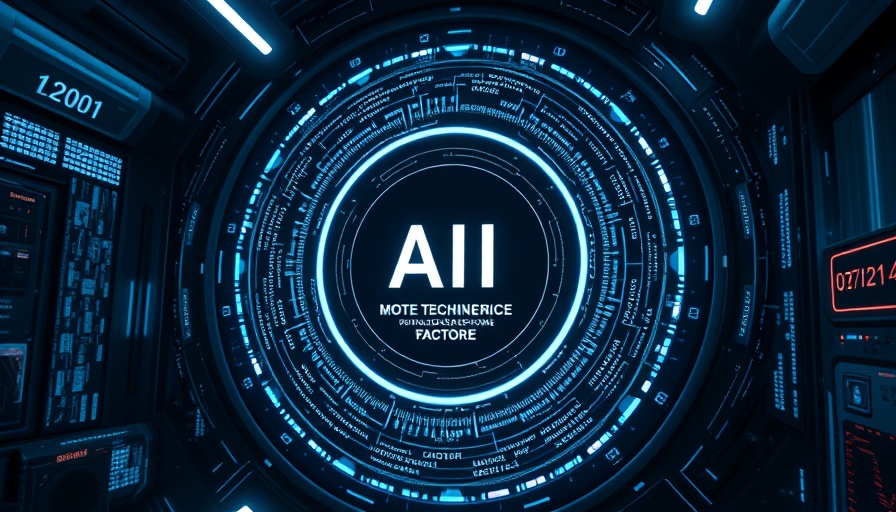
The Rise of Google's Gemini Embedding Model
In a significant shift within the AI landscape, Google’s Gemini Embedding model has achieved a leading position on the Massive Text Embedding Benchmark (MTEB). As of July 2025, this model (gemini-embedding-001) is now part of the Gemini API and Vertex AI, thereby facilitating the development of advanced applications including semantic search and retrieval-augmented generation (RAG). This milestone is not just a technical achievement; it represents a pivotal moment in the ongoing competition between proprietary and open-source AI solutions.
Understanding the Mechanics of Embeddings
At the core of the Gemini model's success lies its ability to convert text and other data types into numerical lists. These embeddings capture essential features of the input data, enabling similar semantic meanings to be represented closely in a numerical space. This capability transcends mere keyword matching. For instance, a retail company could harness multimodal embedding models to create a cohesive representation of a product by synthesizing its textual descriptions and corresponding images. Such versatility opens new avenues for e-commerce and beyond.
Strategic Choices for Enterprises: Proprietary vs. Open Source
The introduction of Gemini Embedding provides businesses with a strategic dilemma: adopt the leading proprietary model from Google or explore robust open-source alternatives. Companies must weigh the benefits of cutting-edge proprietary technology against the flexibility and control offered by open-source solutions. The competitive landscape is tightening, with challengers like Alibaba closing the gap with their open-source offerings, which promise more customization and integration capabilities.
The Flexibility of Gemini: A Game Changer for Developers
One of the standout features of the Gemini Embedding model is its flexibility. Leveraging Matryoshka Representation Learning (MRL), it allows developers to produce a highly detailed 3072-dimensional embedding. Furthermore, they can truncate these embeddings to dimensions like 1536 or 768 without sacrificing critical features. This adaptability helps enterprises balance model accuracy, performance, and storage costs—essential factors as they scale their applications.
Broader Accessibility and Support Across Domains
Google's positioning of Gemini as a unified model designed for immediate application across various domains is notable. From finance to engineering, its ease of use negates the need for extensive fine-tuning, making it appealing for teams seeking general-purpose solutions. With multilingual support and competitive pricing at $0.15 per million input tokens, Google’s strategy aims to democratize access to advanced AI capabilities.
The Competitive Landscape of AI Embedding Models
Despite Google's first-place ranking, the MTEB leaderboard indicates a narrow margin of differentiation. Prominent embedding models from OpenAI remain widely adopted, illustrating that while Gemini is leading, it faces formidable challenges. Specialized models like those from Mistral, focusing on specific needs like code retrieval, underscore the diversity within the embedding model ecosystem.
Future Trends in Embedding Models
As we look to the future, embedding models are likely to evolve in complexity and applicability. The demand for more sophisticated AI agents capable of executing nuanced tasks will spur ongoing innovation. This competition will not only elevate the technology itself but also shape the way businesses harness AI for strategic advantages. Enterprises must remain agile, continually assessing how these emerging technologies can enhance their operations and customer engagement strategies.
In conclusion, as the AI landscape becomes increasingly competitive, understanding the strengths and limitations of various models, whether proprietary or open-source, is essential for any forward-thinking business. With Google’s Gemini at the forefront, embedding models are set to redefine how we perceive and interact with artificial intelligence.
As a strategy for keeping pace with the latest in AI advancements, subscribe to our newsletters to gain insights tailored to your entrepreneurial needs. Harness the power of AI to enhance your enterprise and stay informed by joining upcoming industry events.
 Add Row
Add Row  Add
Add 




Write A Comment